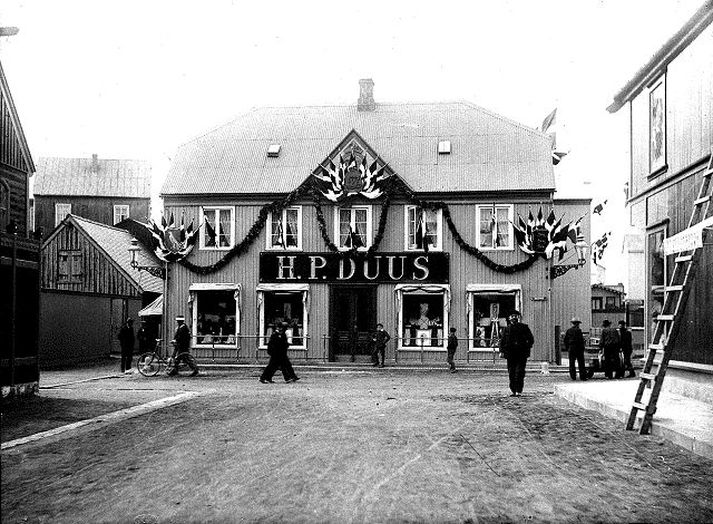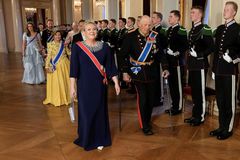Reykjavík was born lucky. Just about any guidebook you pick up will tell you that it was first permanently settled by Ingólfur Árnason in 874. But up until a little over two hundred years ago, it would remain just another small farming town until a series of very fortunate events helped get it started as the unique and vibrant city that it is today.
The Danish moved the bishop of southern Iceland to Reykjavík in 1785; the King gave the right of self-government to Reykjavík and five other coastal towns in 1786; and the trade monopoly was revoked in 1787. As the south coast of Iceland is the most accessible to Europe, and Reykjavík was the only town in the south coast with a viable port, Reykjavík certainly benefitted far more, economically speaking, than any other town in Iceland. As a natural consequence to attracting wealth, it attracted power: in 1798, the parliament was moved to Reykjavík, followed by the Bishop of Iceland three years later.
Within the span of barely sixteen years, Reykjavík went from being a small cluster of farms and fishermen to the wealthiest and most powerful city in the country, which is where nearly all the wealth and power in Iceland is contained to this day. With the granting of a constitution in 1874, parliament gained the power to legislate. It's for this reason that many contend that Icelandic law often favours Reykjavík residents over the people in the countryside. While this notion is a matter of opinion, the fact that nearly half of Iceland's population (and all of it's legislators, when parliament is in session) live in Reykjavík might bear some influence.
During the early twentieth century, the town continued to thrive on the fishing industry, but was hit hard by the Depression. Unemployment, poverty and sometimes violent labour disputes became the rule of the day. All that changed on morning of 10 May 1940, when four British warships docked in Reykjavík harbour. Thus began a military occupation that would later be transferred to American forces in the 1950s. During this time, these armed forces helped develop the International Airport in Keflavík, pave roads, expand and improve the electricity grid, and add other advances. Thus the town continued to grow.
It's for this reason that through most of the 20th century, Icelanders have been steadily migrating from the countryside to the capital. The result is a population boom: between 1900 and 2000, Reykjavík went from a population of about 6,700 to about 130,000.
Today, Reykjavík continues to enjoy its status as Iceland's favoured child. Not only is the national seat of economic and political power located here, you'll also find a booming cultural life. Whether it's the arts, music, theatre, or night life, the cultural life of Reykjavík rivals that of cities ten times its size. It's a town worth exploring, over and again. You'll never have the same experience twice, but you'll most likely return home with memories that will keep you coming back.
- Paul F Nikolov















